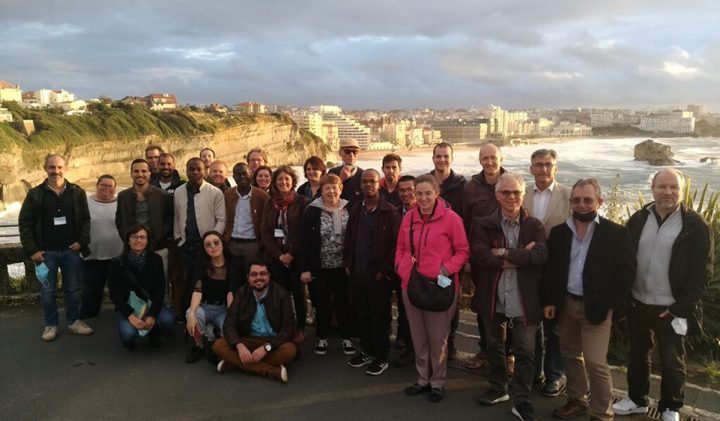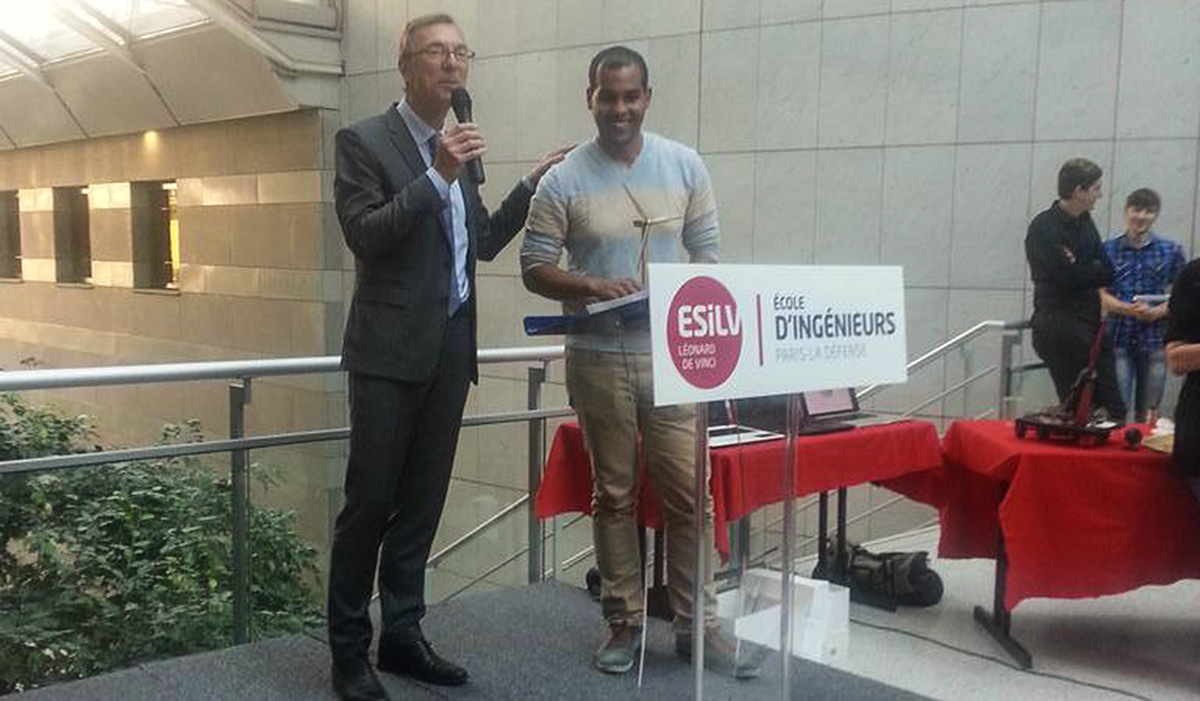Energy efficiency improvement in essential industries such as the food sector is a major challenge for the climate agenda. At the center of the energy transition, the industry players must look for new energy-saving solutions and technologies. To help them improve their efficiency, Pascal Clain, professor and researcher at ESILV, brings new information on gas hydrates in energy storage.
Pascal Clain is a professor of New Energies at ESILV and the head of the modelisation research group of the De Vinci Research Center. From 18 to 20 October 2021 in Anglet, Pascal Clain participated at the first thematic school, “Gas hydrates” of the GDR2026 CNRS Gas Hydrate.


Several researchers and academics have participated in the GDR 2026’s “Gas hydrates” thematic school
The programme also included Pascal’s intervention on a summary of the results obtained on using gas hydrates as storage and transport material for secondary refrigeration applications in the food industry.
The impact of the refrigeration techniques on the energy efficiency
This work is conducted in the framework of the research collaboration between DVRC and the FRISE laboratory of INRAE. The cold increases the shelf life of food products and limits food losses from producer to consumer.
Today, nearly 13% of the world’s food production is lost due to a lack of adapted cold storage systems. It is a crucial element for the security and the food safety of the planet, with consequences on the environment.
Today, electric power distributors offer favourable pricing to industries that can present regular daily energy consumption. However, during the day, the energy needs of industries can vary according to the processes implemented (start-ups or shutdowns of installations). Therefore, enterprises can resort to energy storage to make varying energy needs coincide with regular electricity consumption.
The association between energy storage and use can allow for capping of electrical consumption, mainly thanks to efficient management of energy storage/unstorage needs.
Consequently, industrialists concerned with energy savings are sensitive to the opportunity to use a storage device that can respond simultaneously to different temperature levels. The use of hydrates, particularly mixed hydrates (CO2 + quaternary salts), can meet this constraint. Indeed, the phase change temperatures of mixed hydrates can be modulated by the composition of the hydrogenic mixtures and thus be adjusted according to the thermal level required by the targeted application.





